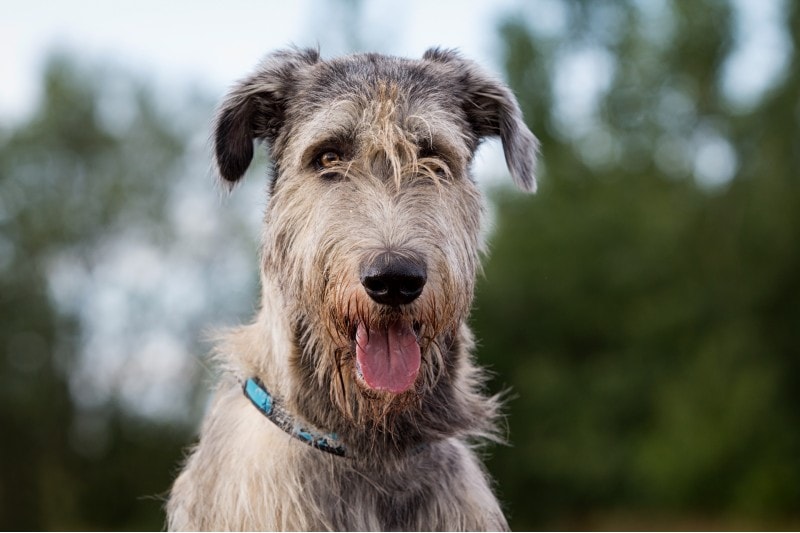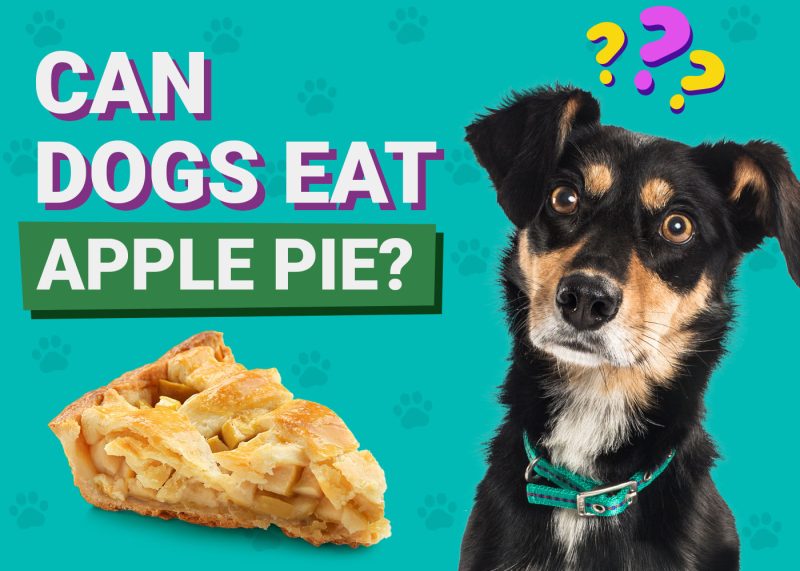In this article
Dog drool is sticky, can stain clothes, and if your dog shakes a lot, it can end up spread across a room. For this reason, some potential owners worry about owning dogs like St Bernards, which are renowned for being heavy droolers. Dog drool also contains multiple proteins, some of which can trigger allergic reactions. Saliva actually contains more proteins than skin and fur, so a heavy drooler could be worse for allergy sufferers than a heavy shedder—another good reason to avoid droolers.
As a large dog with long, loose jowls, Cane Corsos naturally drool more than a lot of other breeds, so if you are looking to avoid dog drool, you may need to look at some different breeds. Read on for reasons Cane Corsos drool, tips to deal with it, and even some tips on how to clean dog drool off the furniture.

Causes of Excessive Drooling
Cane Corsos are big dogs so they naturally have more saliva than smaller breeds. And they have long jowls which encourage saliva to drip from the mouth. While Cane Corso owners should expect a lot of drool from their pet pups, there are some occasions when they drool more than other times.
- Hunger – When dogs are hungry, their mouths drool. The same is true of humans and other species of animal, but it is more noticeable in a species like the Cane Corso because the saliva gathers in the mouth before being channeled out of the mouth via the jowls.
- Just Eaten or Drank – As well as drooling when they want food or water, Cane Corsos may also drool excessively after eating or drinking. Chewing causes the production of saliva while drinking water means excess water in the mouth of the dog. Both of these factors can cause increased salivation. And when large volumes of saliva mix with an already large volume of water, from drinking, it only exacerbates the problem.
- Anxiety – Anxiety and stress can trigger a host of physical responses, including the production of saliva. Whether your dog is anxious because you’ve been out of the house for several hours or because they can hear a noise they can’t identify, it could be causing the drooling.
- Excessive Licking – Licking produces saliva and it also spreads the saliva down the tongue, which provides the liquid with another route out of the mouth. Whether your Corso is licking a wound, excessively cleaning itself due to anxiety, or has been licking your hand while sitting on your lap, this could be the cause of drool production.
- Upset Stomach – When dogs get an upset stomach, one of the first responses of their body is to try and make sure that any objects in their stomach are properly digested. The digestive process starts with saliva, which contains digestive enzymes that break down food and other stomach contents. Therefore, an upset stomach naturally leads to an increase in drool production.
- Something Stuck in the Mouth or Teeth – Infections in the mouth and teeth, as well as a host of other dental problems may be the cause of drooling, but so too can something stuck in your dog’s teeth. The mouth treats a stuck object in the same way as it treats an infection, which means it produces large volumes of saliva to try and remedy the problem.

How to Clean Drool Off Your Cane Corso
Dog drool can be an irritant if too much of it is left on your dog. It can cause itchiness which, in turn, can lead to skin complaints. It may also cause your Corso’s coat to become matted and knotted. Therefore, you must help clean the drool off if there is a lot of it.
Use a towel or damp cloth to remove excess patches and then a fine-tooth comb to brush through the dog’s coat. The comb not only gets rid of any flaky, dried-up saliva, but it also helps to separate the hairs of the coat and therefore prevent matting.
How to Clean Drool Off Furniture and Clothes
Drool is also unsightly when on furniture and if left too long it can become very difficult to move. It may also start to smell. Start with a damp cloth and rub the area, ensuring that you don’t get the upholstery too wet.
- White vinegar is generally safe for most fabrics, although as with any cleaning product or chemical, it is always a good idea to test on a very small area around the back of the furniture or in an area where it can’t be seen. White vinegar is also an effective cleaner because it is acidic. Mix white vinegar and warm water, in equal measures, and then use the solution to blot the stained area. You will be left with a vinegar smell, but a small amount of detergent and water can be sprayed on the material to shift the smell.
- Baking soda is another good stain remover that most of us have access to because it is already in the kitchen cupboard. As well as helping get rid of stains, through its alkaline nature and mild abrasion, it also helps shift and prevent bad smells, which can make it useful for ground-in drool stains. Mix a teaspoon of baking soda with a cup of water. You can also add a dash of white vinegar and a drop of dish soap.
Other solutions include isopropyl alcohol or rubbing alcohol; peroxide cleaner; and enzyme cleaner.
- When using rubbing alcohol ensure you use a colorless or light-colored cloth, because the solution can cause dye in the cloth to run onto the furniture. And use a very small amount, sprayed onto the surface, and then blot.
- When using peroxide cleaner, use 3% peroxide, mix with a small amount of dish soap, and use a toothbrush to clean the area. Peroxide cleaner won’t normally affect the color of the furniture but if you are cleaning white upholstery, you may notice that the area looks whiter than the rest so experiment first.
- Enzyme cleaners use enzymatic bacteria. This bacterium breaks down the drool, preventing stains and odors. You can’t make enzymatic cleaners at home, but they are available from pet stores and online.


The 3 Low Drooling Dog Breeds
While the Cane Corso is known as a heavy drooling dog, several breeds are known for the opposite. These can make good pets for those with allergies or those who don’t want to be cleaning up dog drool from the sofa.
1. Greyhound

To many, the Greyhound is the dream pet dog. It likes to lounge around on the sofa but can challenge any animal to a record-breaking 100-meter sprint. The breed is known as the fastest couch potato in the world and is not prone to drooling.
2. Irish Wolfhound

If you’re looking for a large breed of dog but don’t want the slobber that can accompany these breeds, the Irish Wolfhound is a good option. The breed can stand up to 3 feet at the shoulder and reach a fast gallop thanks to those massive legs.
Although it doesn’t drool a lot, the breed may not be the best option for allergy sufferers because of its long, shedding coat.
3. Poodle

The Poodle is often described as being hypoallergenic. Although this is primarily because it doesn’t shed like other dogs, the Poodle is also known to drool less than other breeds. If you are allergic to dogs, the Poodle could be the best solution that still enables you to have a pet dog but without the allergic reaction.

Conclusion
Cane Corsos are an incredible breed of dog. They are strong, muscular, and determined animals. They are also loyal to their family and really enjoy getting out and exercising with their humans.
However, they are known to be quite prolific droolers, which means that they can trigger allergic reactions in sufferers and leave a mess that needs cleaning. Alternative breeds, that do not drool heavily, include the Greyhound, Irish Wolfhound, and Poodle.
Featured Image Credit: Eudyptula, Shutterstock




















